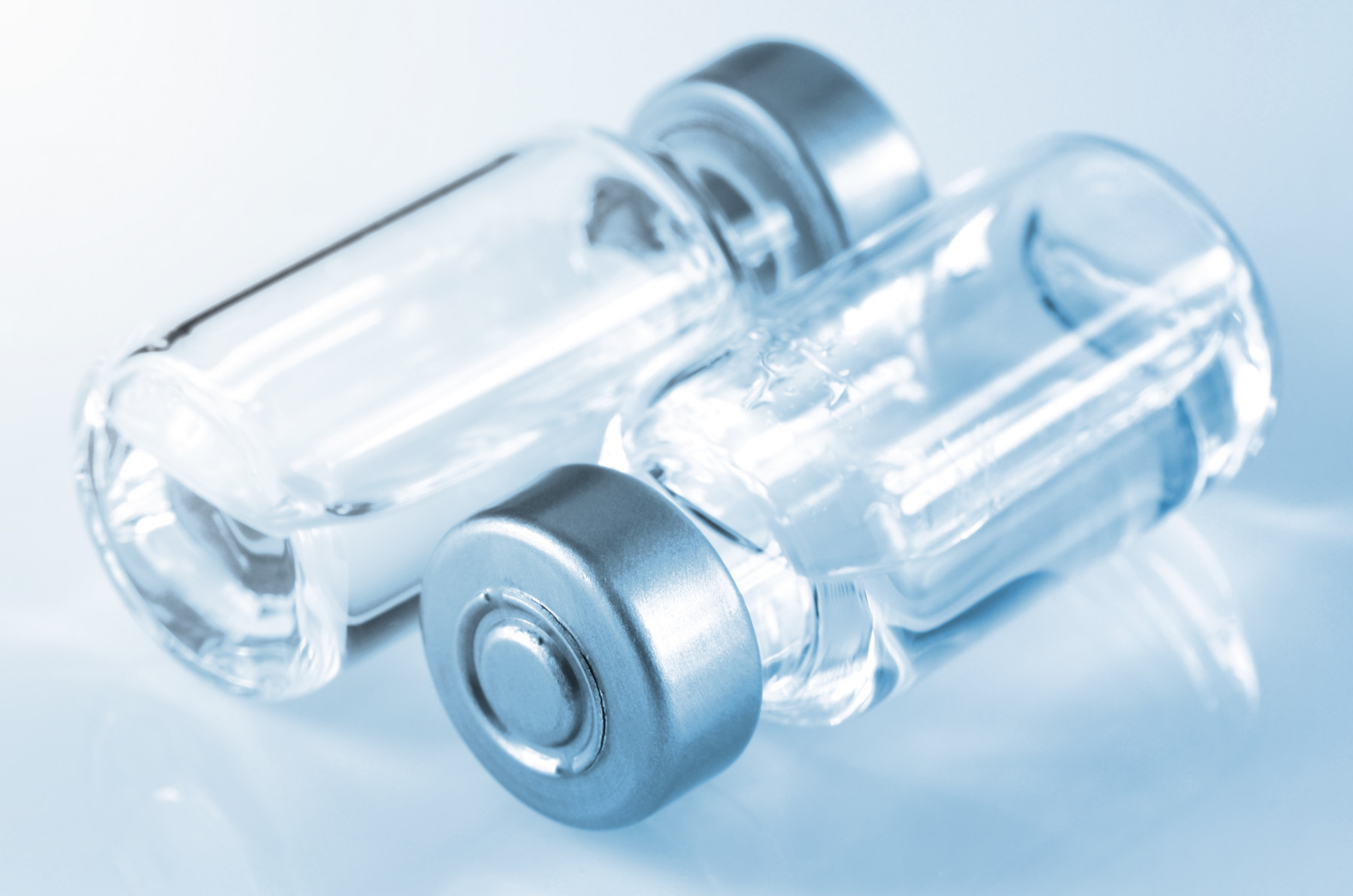New Guidelines Issued to Self-administer Hemlibra

areeya_ann/Shutterstock
The National Hemophilia Foundation (NHF), through its Nursing Working Group (NWG), has released new guidelines to help hemophilia A patients self-administer Hemlibra (emicizumab).
In its announcement, the foundation also highlighted the issuance of new guidelines for nurses to ensure safe and effective administration of standard into-the-vein replacement therapies in hemophilia patients.
Both documents, added to the Nurses’ Guide to Bleeding Disorders, were developed based on the “clinical expertise, professional experience, and hard work of NHF’s Nursing Working Group,” the foundation noted.
This 12-member volunteer group was created to develop and promote standards of nursing practice in bleeding disorders, to promote health and education to the bleeding disorders community, and to advocate for the concerns of nurses within such community.
For people with hemophilia A, replacement therapy with FVIII — the blood-clotting protein they are missing — is standard practice. However, about a third of patients develop neutralizing antibodies, or inhibitors, against the delivered FVIII, lowering its effectiveness, and in worst cases rendering it useless.
Hemlibra is an antibody that mimics the activity of FVIII by binding to the activated form of factor IX and X, thereby allowing for proper blood coagulation. Four Phase 3 clinical trials — all part of the HAVEN program — showed the therapy was safe and effective at preventing bleeding episodes in hemophilia A patients with and without inhibitors.
Hemlibra, marketed by Genentech, is approved as a routine preventive, or prophylactic, treatment for hemophilia A patients with FVIII inhibitors in more than 100 countries, and for those without inhibitors in more than 80 countries. Approvals regardless of inhibitor status include the U.S., countries in Europe, and Japan.
Administered as an under-the-skin (subcutaneous) injection, Hemlibra’s recommended loading dose is 3 mg/kg once every week for the first month, followed by a maintenance dose of either 1.5 mg/kg once every week, 3 mg/kg every two weeks, or 6 mg/kg every four weeks.
The new guidelines, called “Emicizumab Subcutaneous Injection Guidelines,” were created mostly to help educate patients about how to properly self-administer Hemlibra.
“It is important to teach our patients correct subcutaneous injection technique, as incorrect technique can lead to poorly absorbed medication,” the NWG wrote in the document.
Patients are advised to administer Hemlibra’s loading doses under medical supervision, and if maintenance doses are different, “patients should be educated specifically about the maintenance dose and how to prepare it,” they added.
The guideline document describes the equipment or supplies needed to administer Hemlibra and states that all should be at hand before starting the procedure.
Of note, patients should allow the therapy vials to come to room temperature before injection, which typically takes 15 minutes, and choose a small, short needle to ensure the medication is given subcutaneously.
The NGW also provides detailed descriptions of the several pre- and post-injection steps, as well as key guidance about choosing an injection site.
Patients are advised to check that they have drawn up the correct dose of the therapy — determined by the patient’s healthcare provider based on their body weight — before removing the needle from the vial.
It also should be kept in mind that the therapy’s vials come in different concentration strengths, not just different doses, and patients should not combine vials of different concentrations in a single injection.
When choosing an injection site, patients should avoid scars, moles, skin lesions, bruised, red, tender, or hardened areas, and areas over bony prominences, blood vessels, and nerves.
The most common injection sites include the thighs, umbilical region of abdomen (except for two inches around the belly button), and outer area of upper arms (only if a caregiver is giving the injection).
It is recommended that sites be rotated at least one inch from the prior injection to prevent irritation or scarring.
Before injection, the skin must be cleaned with an alcohol wipe and let dry for about 10 seconds. Hemlibra should be injected slowly and at a 45- to a 90-degree angle, depending on subcutaneous tissue and needle length, using the lifted skin technique. This technique, used to avoid injecting the muscle, involves using the thumb and index or middle finger to gently lift a skin-only fold.
After the injection, patients should avoid rubbing the injection site, monitor for any bleeding or adverse reactions, and apply a bandage or gauze as needed.
The guidelines also recommend that patients document the medication name, dose, date, time, and site, on an injection log, and plan their schedule for additional dosage administration.
Patients should contact their hemophilia treatment center if they experience significant weight changes or increased bleeding symptoms.
Any medication left in the vial must be discarded safely, and needles and syringes should be placed in a sharps disposal container.
The NWG also emphasized that the guidelines “are not meant to represent the sole resource” on Hemlibra administration, “but rather to be a supplement to existing patient education on the therapy.”
More information about how to administer Hemlibra is available here.







